Accuracy, precision, and resolution are key parameters, each with a distinct meaning and implication with respect to system design and confidence.
To the average person, terms such as accuracy and precision are somewhat interchangeable, and that’s fine. However, they have very specific and different meanings as well as design and test implications for scientists, engineers, statisticians, and researchers. Along with a third term, resolution, they establish the basics of many design decisions and system limitations.
Even for those who know (or once knew) the differences between these terms, their meanings and distinctions can get “blurred” after a while, especially in conversation. While in most cases, the actual term being referred to is clear, they are cases where casual language leads to misunderstandings and unnecessary confusion.
Of course, these terms are not the only ones confused by the general public, as well as with some people with technical backgrounds. Nor is this problem limited to only esoteric terms, as the common words “energy” and “power” are often confused in casual discussion. Although the two are related, they are distinctly different: power is the rate at which energy is accumulated or expended, while energy is the ability to do work and is the aggregate of power.
This article will review the concepts of accuracy, precision (also often called repeatability), and resolution, a close companion of the two. It will also look at some of the implications of having more or less of each one.
These implications differ depending on the subject and situation. An engineer doing a design may look at these factors somewhat differently than a scientist or statistician would, even though the underlying principles are the same. Adding to the potential for confusion, different words are sometimes used for the same parameter, depending on the discipline.
We’ll assume a perfect, known target value (sometimes called the reference value) determined by extremely accurate readings or an agreed-upon definition. For example, under new definitions of fundamental physical constants as defined by the International System of Units (SI, from the French Système International d’Unités, Reference 1), the fundamental unit of frequency this way: “the unperturbed ground-state hyperfine splitting frequency of the cesium-133 atom Δν(133Cs)hfs is exactly 9,192,631,770 hertz” while velocity is defined this way: “the speed of light in vacuum c is exactly 299 792 458 meter per second.” (If you think the first one is hard to explain, it’s even harder to set up and measure—but that’s another story.)
The need to understand accuracy, precision, and resolution along with their implications is not just relevant for data collection (observing), but it is for control (action) as well. When defining and designing a motion-control system, it is critical to understand and define how much of each attribute is needed for desired positioning performance, the sources of imperfection, and the tradeoffs among the various ways of achieving each.
Accuracy meets precision
Accuracy and precision are independent parameters, and each has its own definition. Still, the two are so closely linked in most situations that it makes sense to consider them in parallel.
In simplest terms, accuracy (also called bias error) is how close the measurement is to the target reference value, while precision is getting consistent results from repeated measurements. In other words, accuracy is the difference between the observations/measurements and the true/actual value of the part. At the same time, precision is the variation in measurements obtained when measuring the same part several times with the same instrument.
It is worth considering all four possible combinations of high/low accuracy and precision. These combinations are often illustrated with a conventional x-y graph as well as a “bulls-eye” target, (Figure 1). What needs to be done to improve each individually, as well as the pairing, is a function of system requirements and complexity. All four possibilities do occur and can be accepted or must be improved, depending on the specifics of the situation.
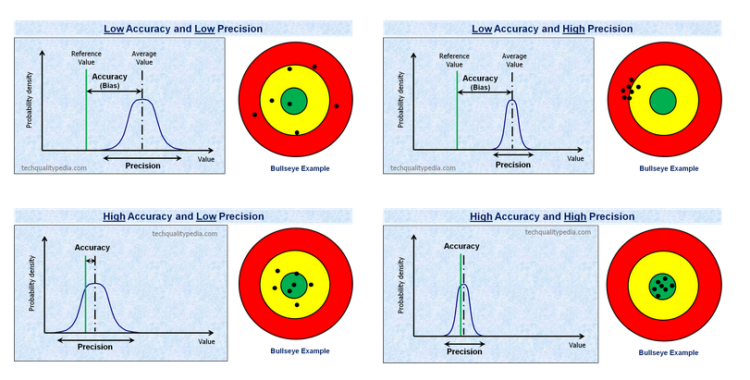
The subset of precision considerations includes repeatability and reproducibility. Repeatability is the variation in measurements when the same person or instrument repeatedly measures the same part or signal with the same instrument or arrangement. In contrast, reproducibility is the variation in measurements when different appraisers/persons measure the same part using the same instrument. Depending on the application and situation specifics, you have more concern about one and less about the other. In general, repeatability is a highly desirable attribute, as a lack of sufficient repeatability leads to a lack of confidence in the readings, whether justified or not.
Then there’s resolution
Resolution is the smallest incremental change in data or movement the system can discern or provide. Although it applies to analog (continuous) signals, data, and motion, it is an inherently digital (discrete) function. In colloquial terms, it is sometimes called granularity.
Consider a simple counting system that only allows the ten digits 0, 1, 2, ….9. This system obviously has a resolution of one part in ten, regardless of the span over which it measures. If, however, the counting system were to allow two-digit representations (0, 1…..98, 99), the result would be improved by a factor of 10. In the digital binary world, of course, we look at resolution in terms of factors of two rather than decimals (Figure 2).
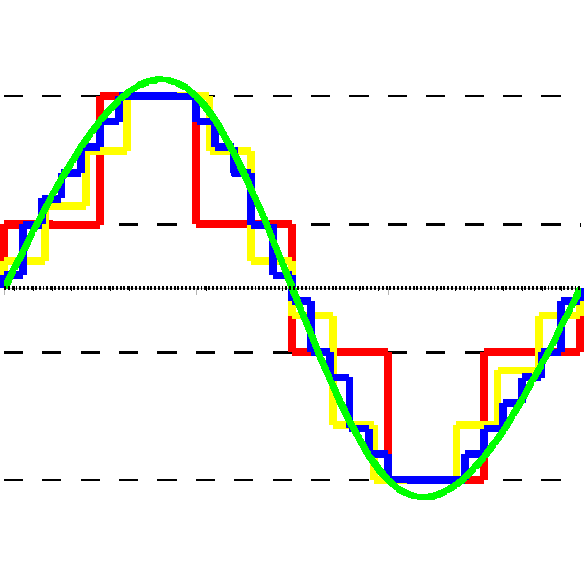
While high resolution may seem to be a virtue, there are cases where low resolution is all that is needed. If you are measuring body temperature over the range of, say, 95°F to 105°F (35°C to 40.5°C) with a resolution of 0.1°F/0.2°C, that’s a modest resolution of just 1 part in 100. Nonetheless, it is more than adequate for the situation.
The next section looks at design, test, and measurement implications.
Related EE World Content
First go for accuracy, then precision
What causes noise in analog designs and how can it be controlled?
A look at intrinsic broadband noise spectral density
Electrical noise, Part 2: Additional perspectives
What are accuracy, error and repeatability in sensors?
MEMs pressure sensor enhances accuracy avoids calibration
External References
- Physics Today, “A more fundamental International System of Units”
- Jim Williams, EDN, “This 30-ppm scale proves that analog designs aren’t dead yet”
- Texas Instruments, “The secret of using noise to improve your ADC’s performance”
- Analog Devices, “Chapter 20: Analog to Digital Conversion”
- Photonics, “Understanding Resolution, Accuracy, and Repeatability in Micromotion Systems”
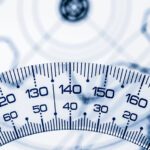
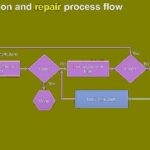
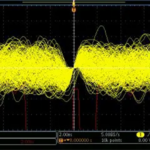
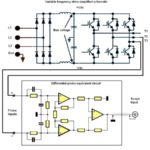

Leave a Reply
You must be logged in to post a comment.